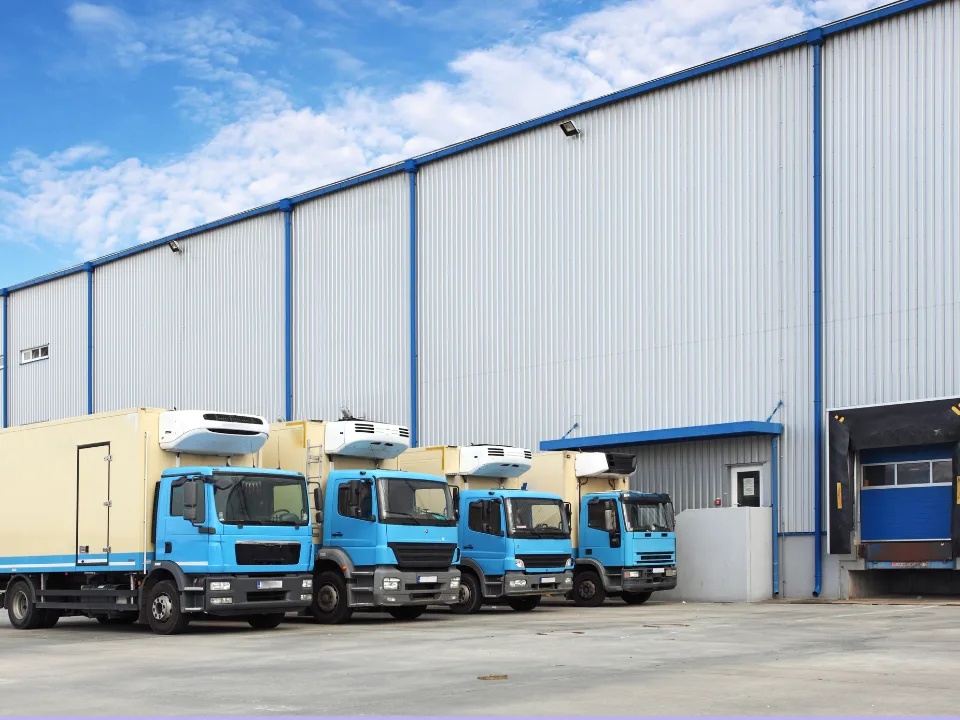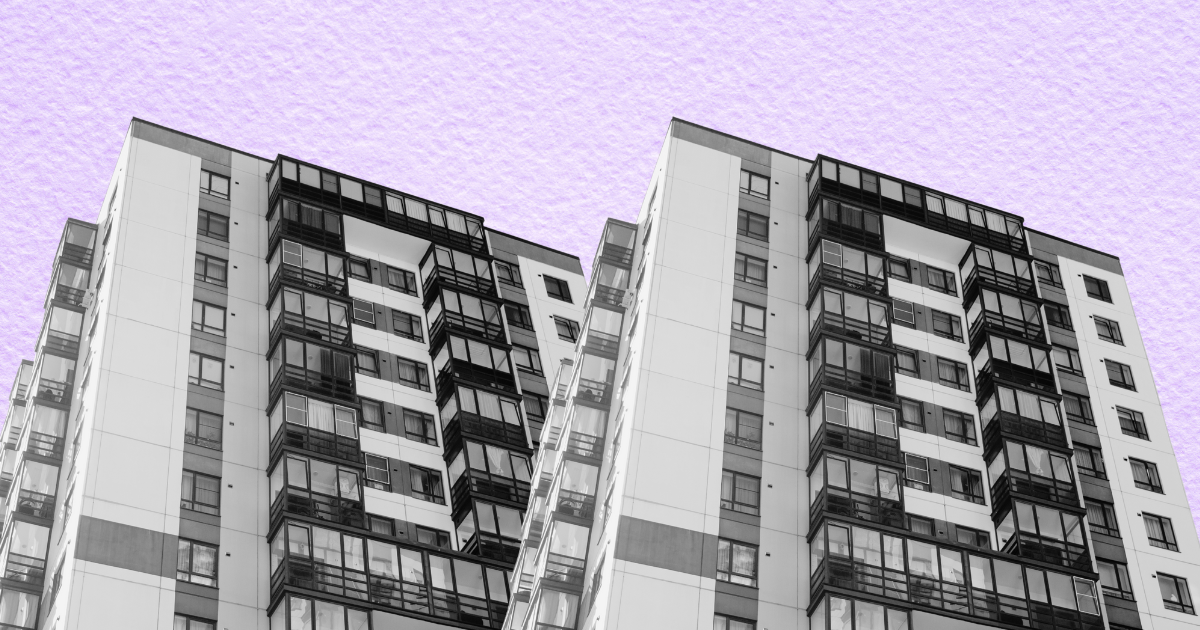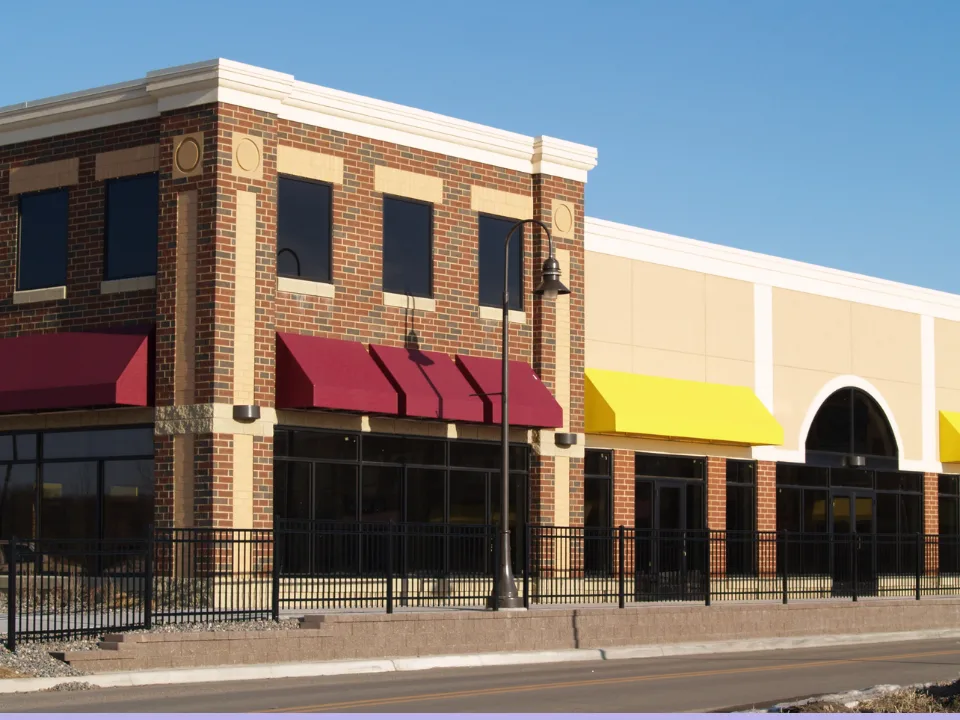Record Apartment Supply Still Muting Multifamily Fundamentals
The U.S. apartment market in the first quarter of 2024 has been a tale of two forces: strong demand unable to keep pace with an even more supply.
Good morning. RealPage study shows strong apartment demand is no match for high supply, impacting rent growth in many regional markets. Meanwhile, CRE in Texas thrived in 2023, boosting not just the state but the entire national economy.
Today’s issue is brought to you by PACE Loan Group — a national lender offering owners non-recourse, long-term, fixed-rate C-PACE financing.
You currently have 0 referrals, only 1 away from receiving B.O.T.N Multifamily Deal Screener .
Market Snapshot
|
|
||||
|
|
*Data as of 4/04/2024 market close.
APARTMENT DEMAND
High Apartment Supply Continues to Challenge the Market
The U.S. apartment market in the first quarter of 2024 has been a tale of two forces: strong demand unable to keep pace with an even more supply.
By the numbers: The first quarter saw a notable absorption of 103,826 apartment units, with an annual demand reaching 317,241 units—20% higher than the average rates observed in the 2010s. This demand is fueled by factors such as sustained wage growth, steady job creation, demographic shifts, and a marked reduction in transitions from apartment living to single-family homes.
What’s the catch? This demand was overshadowed by the completion of 135,652 new apartment units in the same period, pushing the total new multifamily units to 479,367 for the year ending in the first quarter of 2024.
It’s all about supply: This period marked the highest annual supply since 1986, albeit with a more moderate expansion rate of 2.5%. Despite this, the gap between supply and demand has started to narrow, presenting a slight improvement in the market fundamentals compared to the previous year.
Let’s talk about rent growth: The imbalance between supply and demand has led to a near standstill in rent growth. As of March 2024, the annual increase in asking rents for professionally managed apartments was a mere 0.2%. This stagnation reflects the ongoing challenge of high supply levels, even as the disparity between supply and demand begins to lessen.
Winners: In Q1 2024, markets with minimal new supply saw the quickest rent increases. Of the 12 key markets with rent growth over 2.6%, only Columbus and Indianapolis exceeded the average inventory growth. This suggests that lower inventory growth correlates with higher rent increases nationally.
Cooling down: Conversely, markets with the largest influx of new supply often saw the greatest decrease in rents. In March, all 11 major markets that reported rent reductions of 2.5% or more had inventory growth exceeding the national average. Consistently, markets like Austin, Atlanta, and Dallas, which introduced the most new supply, ranked among those with the steepest rent decreases.
➥ THE TAKEAWAY
Big picture: The apartment market’s regional performance varies: the Midwest and Northeast continue to enjoy stable rent growth, while the South struggles with an oversupply impacting rents. The West is a mixed bag, with inner areas affected by excess supply and coastal zones grappling with demographic and economic shifts. So, despite nearing a 50-year supply peak, the persistence of positive, albeit modest, rent growth shows the strong underlying demand. Yet, supply pressures are dampening rent increases, with rents still trending upward.
TOGETHER WITH PACE LOAN GROUP
Construction loan maturing? C-PACE can help.
If your ground-up construction project exceeds code—as most do—consider C-PACE retroactive financing to help right-size your capital stack, fund operating reserves, and pay down your maturing construction loan.
This creative approach to financing benefits brokers, sponsors, and construction lenders. In the 30 states where C-PACE is active, properties operate more efficiently, and sponsors benefit from non-recourse, fixed-rate capital paid back over up to 30 years.
What can C-PACE loans be used for?
-
HVAC systems and controls
-
Lighting and electrical upgrades
-
Water-efficient plumbing installations
-
Renewable energy systems
-
Upgrades to insulation and building envelope coverage
-
Seismic and other resiliency upgrades
-
Soft costs associated with any or all of the above
PACE Loan Group, a national direct lender, makes complicated financing structures easier for CRE developers and owners, helping them capitalize on their renovations, new construction, or conversion projects.
Please support our sponsors. It helps keep CRE Daily free.
✍️ Editor’s Picks
-
Rate speculation: Fed Chair Powell once again hinted at possible rate cuts later this year due to a stronger U.S. economy. Not exactly news, but a good reminder of things to come (maybe).
-
CRE Broker: Check out the first issue of “CRE Broker” with Bob Knakal, offering insights into brokerage, leadership, and coaching tailored to elevate your CRE career. (sponsored)
-
Stock split strategy: Dallas-based Ashford Inc. (AINC) plans to go private, delisting from the NYSE, saving $2.5M yearly, with 40% ownership by insiders.
-
The tax man cometh: U.S. homeowners saw the biggest bump in property taxes in over five years last year, up to 6.9% nationwide, with average property tax bills climbing to $4,062 annually.
-
Elite expansion: Stephen Ross aims to bring Vanderbilt University to West Palm Beach, with $100M secured for campus expansion funding.
-
Insurance rising: Even with likely Fed cuts coming up, overall interest rates are expected to remain high this year, prompting insurance companies to invest more into CRE.
🏘️ MULTIFAMILY
-
Insurance challenges: Insurance costs in property operations are still rising, with property insurance taking up 7% of all expenses. The Southeast is particularly impacted.
-
Senior living soars: Local developers will break ground at Lake Merritt BART station this summer on a project with 557 homes, including 233 affordable units.
-
Cozy profits: Airbnb (ABNB) partners with landlords in a new, Airbnb-friendly program, which has grown to 400 buildings and 130K units, benefiting both parties.
-
Affordable victory: California Landmark Group sold a 120-unit property in South LA for $43.4M, with 90 affordable units, to HACLA.
-
Unlocking Jacksonville: Southeast Property Group enters the Jacksonville market with a $21.15M bridge loan, rebranding distressed properties for $9.7M renovations.
🏭 Industrial
-
Loan letdown: Doo Lee and Joon Kim’s investment group defaulted on a $29M loan from Copia Lending for a 105KSF San Jose industrial campus.
-
Stargate: Microsoft (MSFT) and OpenAI plan a $115B AI supercomputer campus, set for 2028, to be the largest data center project in the nation.
-
Golden gateway: A $200M industrial property sale in California’s Inland Empire is among the year’s priciest deals yet.
🏬 RETAIL
-
Power move: Kering, the owner of Gucci, acquired a historic Milan building for $1.41B, with over 53.8 KSF of luxury retail space.
-
Healthcare bust: Walgreens’ (WBA) $6B gamble on VillageMD backfires, resulting in a $6B net loss and closure of clinics nationwide.
-
Times Square trouble: Sutton’s entity secured a $180M loan extension for a Times Square property with a balance of $154M and a net income of $22M. The loan is in special servicing.
-
Net lease, not private credit: Net lease cap rates for single tenant net lease properties are up, with retail at 6.42%, office at 7.60%, and industrial at 7.02%.
🏢 OFFICE
-
Maturity shuffle: Banks across the country extended many office loans into 2024, raising the oncoming maturity wall as CRE loans grew 1.2% in 1Q24.
-
Wateridge Renaissance: Deutsche Bank financed an 80% leased, 583.6KSF Wateridge campus in West LA with a $65M loan for the Lincoln Property.
-
Atlanta office boom: Atlanta companies leased a record 2.4MSF of office space in 1Q24, 71% more than last year, even as availability rose to 29.6%.
🏨 Hospitality
-
Hotel hopes: Although hotel sales are still slow, expected rate cuts coming later this year should spur more dealmaking and higher occupancy rates.
-
Seal the deal: A Qatar-based firm is all set to acquire a 148-key West Miami hotel in Brickell from ARTIC for an undisclosed price.
BIGGER IN TEXAS
Texas CRE Contributed $185B, 1.2M Jobs to State Economy in 2023
Pexels/Terrance Barksdale
Texas CRE proves to be a powerhouse, contributing $185B to the state’s GDP in 2023 and sustaining 1.2M jobs, per the NAIOP Research Foundation’s annual report.
Picking up the slack: Zooming out, Texas CRE was so impactful that the NAIOP estimates it contributed as much as $2.5T to national economic output last year, resulting in up to 15M people earning up to $881B. And each major Texas commercial asset type—office, warehouse, industrial, and retail—holds the top spot in total GDP contributions nationwide.
Adaptable growth: Despite challenges like high rates, Texas CRE is showcasing resilience and adaptability. Notably, the industrial sector, which experienced remarkable growth due to shifts in retail behavior caused by the pandemic and market dynamics, is now undergoing adjustments in construction. Forecasts indicate an optimistic 2024.
➥ THE TAKEAWAY
Sector strength: With the exception of the office sector, Texas CRE remains robust despite price fluctuations. The Federal Reserve’s management has steered us away from a recession, it seems, with a smooth economic transition or ‘no landing’ scenario appearing more and more likely. CRE is primed to emerge from the ashes in a relatively strong position.
📈 CHART OF THE DAY
US Banking Sector Has an Estimated $1.76 Trillion Exposure to Commercial Real Estate Loans

You currently have 0 referrals, only 1 away from receiving B.O.T.N Multifamily Deal Screener .
What did you think of today’s newsletter? |





















